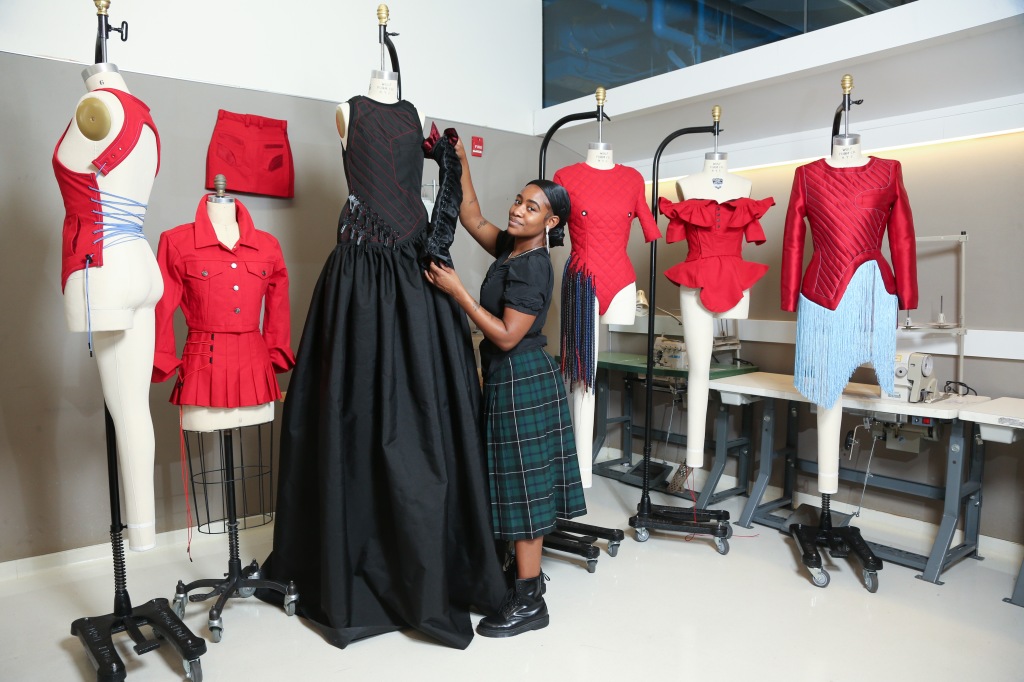Introduction:
Designer clothing, synonymous with luxury and exclusivity, has captured the hearts of fashion enthusiasts for decades. From haute couture to ready-to-wear collections, designer garments represent artistic expression, craftsmanship, and cultural trends. This article delves into the world of designer clothing, exploring its history, significance, influence on culture, and the evolving landscape of luxury fashion.
The Historical Evolution of Designer Clothing:
1.1 Origins of Haute Couture:
The concept of designer clothing finds its roots in 19th-century Paris, with the emergence of haute couture houses like Charles Frederick Worth. These designers created custom-made garments for elite clientele, setting the foundation for luxury fashion.
1.2 Mid-20th Century Innovations:
The post-World War II era witnessed designers like Christian Dior and Coco Chanel revolutionizing fashion with their iconic creations. Dior’s “New Look” and Chanel’s timeless suits redefined elegance and femininity.
The Significance of Designer Clothing:
2.1 Artistic Expression:
Designer clothing is a form of wearable art, where designers channel their creativity and vision into garments. Each piece tells a story, showcasing intricate details, unique fabrics, and innovative designs.
2.2 Status and Exclusivity:
Owning designer clothing has long been associated with social status and exclusivity. Limited production runs and high price points create a sense of rarity, appealing to those seeking a distinctive identity.
2.3 Cultural Influence:
Designer clothing often reflects cultural shifts and societal values. It serves as a mirror to the times, capturing political, social, and economic changes through fashion.
The Luxury Fashion Industry Today:
3.1 Ready-to-Wear Collections:
Designer clothing has expanded beyond haute couture, with ready-to-wear (RTW) lines catering to a broader audience. RTW combines luxury and accessibility, making designer fashion more attainable.
3.2 Brand Collaborations and Streetwear:
Luxury brands collaborate with artists, celebrities, and even other brands to create unique collections. Streetwear influences have also infiltrated designer fashion, blurring traditional boundaries.
3.3 Sustainability and Ethical Practices:
The luxury fashion industry is gradually embracing sustainability and ethical practices. Designers are incorporating eco-friendly materials and transparent supply chains to align with changing consumer values.
Impact on Pop Culture and Media:
4.1 Red Carpet Moments:
Designer clothing dominates red carpet events, with celebrities showcasing the latest creations. Iconic looks often become cultural touchstones, influencing fashion trends for years.
4.2 Social Media and Influencers:
Social media platforms have democratized fashion, allowing designers to reach a global audience instantly. Influencers collaborate with luxury brands, shaping consumer preferences and brand perception.
Future Trends and Innovations:
5.1 Digital Fashion and Virtual Reality:
The rise of digital fashion and virtual reality presents new avenues for designer clothing. Virtual garments and fashion shows redefine the shopping experience.
5.2 Personalization and AI:
Advanced technologies enable personalized shopping experiences, where AI suggests garments based on individual preferences and body types.
Conclusion:
Designer clothing encapsulates the essence of luxury, art, and cultural expression. Its evolution from exclusive haute couture to inclusive ready-to-wear lines mirrors the changing dynamics of fashion and society. As the luxury fashion industry embraces sustainability, digital innovation, and cultural diversity, designer clothing continues to shape the way we perceive and engage with fashion. Whether admired on the runway, worn on the red carpet, or showcased on social media, designer clothing remains a symbol of creativity, aspiration, and the ever-evolving world of style.







